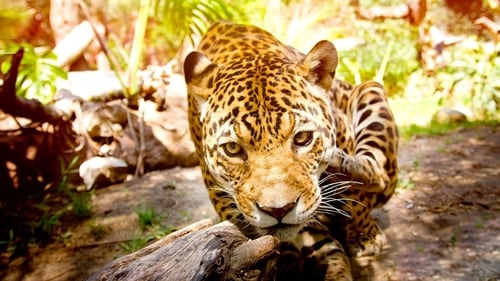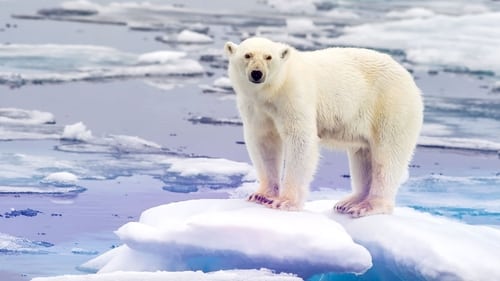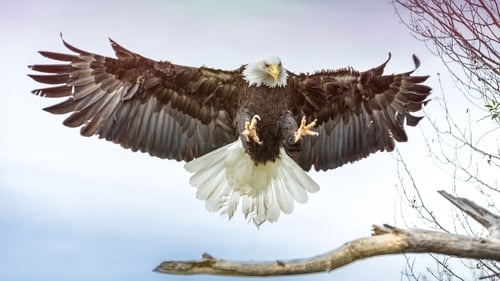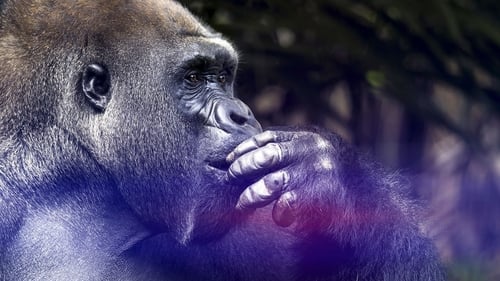
Documentary

The Worst Episodes of The Wonder of Animals
Every episode of The Wonder of Animals ranked from worst to best. Explore the Worst Episodes of The Wonder of Animals!

The Worst Episodes of The Wonder of Animals
Documentary
Every episode of The Wonder of Animals ranked from worst to best. Explore the Worst Episodes of The Wonder of Animals!
Chris Packham uses groundbreaking science and brand-new behaviour to delve deep beneath the skin and discover the unique features that have made certain animal groups...
Seasons1
Worst Episodes Summary
"Ants" is the worst rated episode of "The Wonder of Animals". It scored 7/10 based on 6 votes. Directed by Unknown and written by Unknown, it aired on 9/3/2014. This episode scored 0.0 points lower than the second lowest rated, "Bats".











